Ensure Reliable Automotive Systems Through Careful Selection and Use of Passive Components
Contributed By DigiKey's North American Editors
2022-12-27
The demand for automotive electronics is growing across a range of applications, including under-the-hood electronic control units (ECUs), infotainment systems, advanced driver assistance systems (ADASs), and more. Automotive electronic systems rely on a range of high-performance components to ensure reliable and robust performance, including capacitors for filtering and energy storage, varistors for circuit protection, connectors for compact ECUs, and RF and microwave passive components and antennas to support connectivity.
Depending on the location in the vehicle, requirements for temperature, shock and vibration, humidity, transient voltages, electrostatic discharge (ESD), and other environmental factors can vary. In all cases, passive components are needed that meet AEC-Q200 requirements.
Designers need to carefully select from an array of components to reliably meet the challenges of automotive design in general, and especially the AEC-Q200 performance standards. This can be difficult and time-consuming, depending on the number and variety of components involved.
To ensure they meet the challenges related to advanced automotive electronic systems, while minimizing time to market, designers can leverage a single proven source with a wide selection of components that are already automotive qualified. These include capacitors, circuit protection devices, connectors, and RF and microwave passive components and antennas.
This article briefly compares some operating characteristics of several capacitor technologies available to designers and their application suitability, including exemplary devices from Kyocera AVX. It then introduces examples of circuit protection devices, connectors, RF and microwave passive components, and antennas for use in automotive solutions.
Automotive capacitors
For common application needs like 10 volts (V) or less and capacitances up to 100 microfarads (µF), several capacitor technologies overlap significantly in terms of capability (Figure 1). That doesn’t mean they are equally suited for every application. It’s the subtleties of their performance capabilities that designers must consider when selecting. Some of the important considerations include capacitance variations with applied voltage (voltage coefficient), capacitance variations with temperature (temperature coefficient), and equivalent series resistance (ESR) variation with frequency (impedance curve).
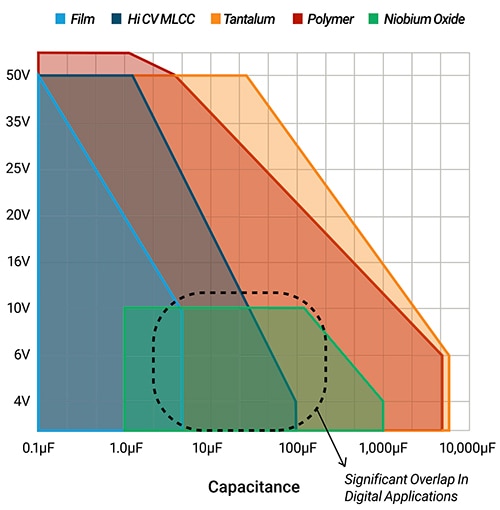 Figure 1: A variety of capacitor technologies are similar from the perspective of voltage and capacitance ratings. (Image source: Kyocera AVX)
Figure 1: A variety of capacitor technologies are similar from the perspective of voltage and capacitance ratings. (Image source: Kyocera AVX)
High capacitance-voltage (CV) rated multilayer ceramic capacitors (MLCCs) can pack a lot of capacitance into small packages. Some solid tantalum and tantalum polymer capacitors share common footprints with high CV MLCCs. Niobium oxide capacitors have somewhat lower volumetric capacitance ratings. High CV MLCCs are available with a choice of two dielectrics:
- X5R dielectric can produce the highest capacitance ratings, up to 100 µF, in high CV MLCCs
- X7R MLCCs are typically limited to a maximum of about 22 µF but have superior temperature stability
For example, the 12103C106K4T4A X7R MLCC is rated for 10 µF and 25 volts. It has a non-linear temperature variation of capacitance within ±15% from -55 to +125°C. Capacitance for X7Rs also varies with voltage and frequency. X7R dielectric MLCCs can be especially suited for applications where known changes in capacitance due to applied voltages are acceptable.
Voltage and temperature coefficients
While they are relatively stable, the capacitance of high CV MLCCs decreases as the bias voltage increases toward the rated voltage (RV). Tantalum, niobium oxide and polymer capacitors have flat voltage coefficients. In addition, high CV MLCCs experience decreases in capacitance at high and low temperatures, while tantalum, niobium oxide and polymer capacitors have minimal temperature coefficients (Figure 2).
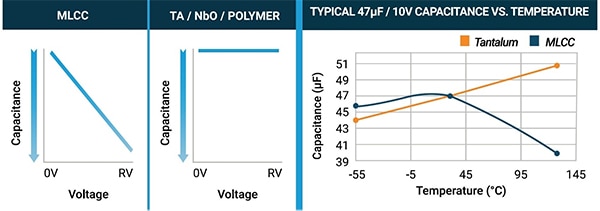 Figure 2: Tantalum capacitors have a flat voltage coefficient (left two graphs) and minimal temperature coefficient (right graph) compared with MLCCs. (Image source: Kyocera AVX)
Figure 2: Tantalum capacitors have a flat voltage coefficient (left two graphs) and minimal temperature coefficient (right graph) compared with MLCCs. (Image source: Kyocera AVX)
ESR vs. frequency
Impedance curves can also be important. High CV MLCCs have a sharp resonance and low ESR, while tantalum and niobium oxide capacitors have broadband impedance curves (Figure 3). The ESRs of both tantalum and niobium oxide devices increase at low temperatures. Polymer capacitors have broadband impedance characteristics, with lower ESRs compared to tantalums and niobium oxides. Additionally, the ESR of polymer devices remains low at low temperatures, while the ESRs of tantalum and niobium oxide capacitors rise.
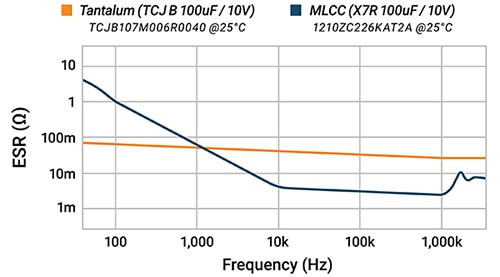 Figure 3: Tantalum capacitors have a broadband impedance curve (orange), while high CV MLCCs have lower ESR (blue). (Image source: Kyocera AVX)
Figure 3: Tantalum capacitors have a broadband impedance curve (orange), while high CV MLCCs have lower ESR (blue). (Image source: Kyocera AVX)
Tantalum capacitors for ECUs
Designers of automotive ECUs can turn to the AEC-Q200 compliant F97 series tantalum capacitors from Kyocera AVX that are available with rated voltages from 6.3 to 35 volts, an operating temperature range of -55 to 125°C, and capacitances up to 150 µF. For example, the F971A107MCC is rated for 100 µF and 10 volts.
Polymer capacitors for body electronics
Polymer capacitors have an operating temperature range of -55 to +125°C, like tantalums, but polymers are available with RV up to 50 volts compared with 35 volts for tantalum devices. The TCQ series of AEC-Q200-qualified polymer capacitors have capacitances up to 470 μF and a rated life of 2,000 hours at 125°C, double the requirement of the AEC-Q200 specification. Automotive applications for these capacitors include body electronics, infotainment, cabin controls, and comfort systems, which can benefit from devices like the TCQD337M004R0025E that is rated at 330 µF and 4 volts.
Niobium oxide for in-cabin systems
Niobium oxide capacitors like the OxiCap NOJ series have capacitance values up to 1000 μF and RVs up to 10 volts. These capacitors are designed for use in applications with operating voltages up to 7 volts, such as seat position modules, airbag controls, and infotainment systems. They have an operating temperature range of -55 to +105°C. For example, the NOJC107M004RWJ is rated at 100 µF and 4 volts. Niobium oxide is an inherently safe technology with a high resistance and non-burning failure mode. They are also highly reliable with a failure rate of 0.5% per 1,000 hours of operation at 85°C.
High voltage MLCCs
In addition to high CV designs, MLCCs are available with rated voltages up to 5,000 volts. The AEC-Q200 qualified 630 volt, 0.15 µF 1825CC154KAT2A from Kyocera AVX is designed for use in snubbers and resonators in high-frequency automotive power converters and high-voltage coupling or DC blocking. These high-voltage chip designs have low ESRs at high frequencies.
Supercapacitors
Supercapacitors are used in automotive systems for backup power, extending battery life, and providing instantaneous power pulses. The SCC series from AVX is available with capacitances from 1 to 3,000 Farads (F) in 2.7 volt and 3.0 volt rated devices. The SCCV40E506SRB is rated at 50 F and 3 volts, and has a maximum ESR of 20 milliohms (mΩ) (Figure 4). Its acetonitrile (ACN) electrolyte technology provides low ESR. For about every 10°C or 0.2-volt derating, the expected lifetime of ACN devices doubles, making them suited for long-life applications. Specially optimized SCC LE series parts are available that feature even lower ESRs.
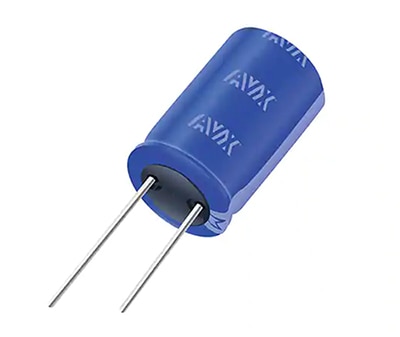 Figure 4: Supercapacitors like the SCCV40E506SRB can provide backup power, extend battery life, or provide instantaneous power pulses. (Image source: Kyocera AVX)
Figure 4: Supercapacitors like the SCCV40E506SRB can provide backup power, extend battery life, or provide instantaneous power pulses. (Image source: Kyocera AVX)
ESD protection
ESD protection is needed in most automotive systems. The TransGuard low clamping multilayer varistors from Kyocera AVX are AEC-Q200 qualified and designed for use where a lower clamping to working voltage ratio is needed. They provide bi-directional ESD overvoltage protection, as well as electromagnetic interference and radio frequency interference (EMI/RFI) attenuation in a single component for applications like ECUs, infotainment systems and in-cabin displays. The VLAS080516C350RP has a working voltage of 16 volts direct current (VDC) or 11 volts alternating current (VAC), a breakdown voltage of 19.5 volts +12%, and a clamping voltage of 35 volts with a capacitance of 900 picofarads (pF) (Figure 5).
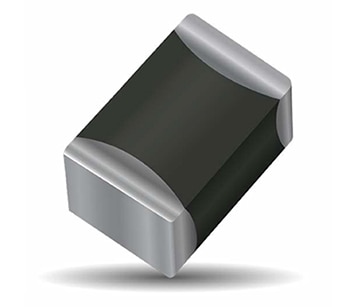 Figure 5: The VLAS080516C350RP is a low-clamping multilayer varistor that provides bi-directional ESD protection and EMI/RFI attenuation. (Image source: Kyocera AVX)
Figure 5: The VLAS080516C350RP is a low-clamping multilayer varistor that provides bi-directional ESD protection and EMI/RFI attenuation. (Image source: Kyocera AVX)
The Kyocera AVX ASPGuard line of AEC-Q200 qualified low capacitance devices is designed for applications like RF systems, sensors, high-speed data lines, and other places where capacitance-sensitive circuits need to be protected against high energy. ASPGuard ESD protection devices have low leakage current, as well as an operating temperature range of -55 to +150°C and working voltages from 18 to 70 VDC. For example, the VCAS04AP701R5YATWA is rated for 70 VDC with a capacitance of 1.55 ±0.13 pF and a leakage current of 0.1 microamperes (μA).
Card edge connectors for ECUs
High-density automotive ECUs require higher density interconnect solutions like the 12-position 009159012651916 card edge connector shown in Figure 6. The dual row 9159-650 connector series is available with 4 to 12 positions and features staggered contact rows that enable twice as many positions as a similar-sized, single-row design. These card edge connectors are available with and without polarization. Polarized connectors require the pc board to include a key to prevent incorrect insertion. These connectors are designed for use with 1.6 millimeter (mm) thick pc boards. They have gold-plated contacts, and when mated with gold-plated pads on the pc board, they provide high levels of reliability and signal integrity and can carry 2.5 A of current.
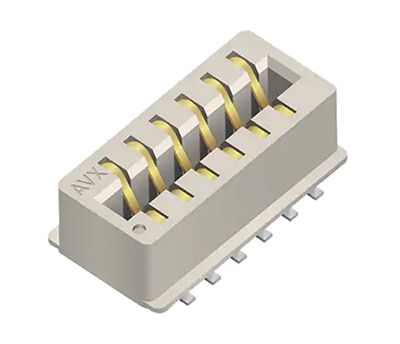 Figure 6: The 009159012651916 12-position card edge connector can support high-density ECU connectivity needs. (Image source: Kyocera AVX)
Figure 6: The 009159012651916 12-position card edge connector can support high-density ECU connectivity needs. (Image source: Kyocera AVX)
Vehicle connectivity
RF and microwave directional couplers, inductors and antennas are needed for a growing range of applications, including location systems, keyless entry, and vehicle to everything (V2X) connectivity. Directional couplers are an important part of many RF signal chains. They’re used to sample RF signals with high isolation and low insertion loss between the signal and sampled ports to support analysis, measurement, and processing. For example, the CP0603A0836ANTR is an RF directional coupler that operates in the 824 to 849 megahertz (MHz) band with 20.0 decibels (dB) coupling, 0.25 dB maximum insertion loss, 28 dB return loss, and 22 dB directivity.
RF antenna tuning is important in high-performance automotive RF applications like ADAS, V2X communications, and in-cabin connectivity. The L0201R39AHSTR\500 RF tuning inductor has a fixed inductance of 0.39 (±0.05) nanohenries (nH) at 450 MHz, and is rated for 550 mA with a 100 milliohm (mΩ) maximum resistance. It’s built using rugged thin-film multilayer construction that supports automatic assembly.
Compact and efficient antennas are a critical component of RF systems. AEC-Q200 does not directly apply to antennas, but Kyocera AVX tests its automotive-rated antennas by closely following procedures and requirements for AEC-Q200. The resulting A-series antennas, like the A1001013 Wi-Fi, Bluetooth, and Zigbee antenna, are recommended for automotive applications (Figure 7).
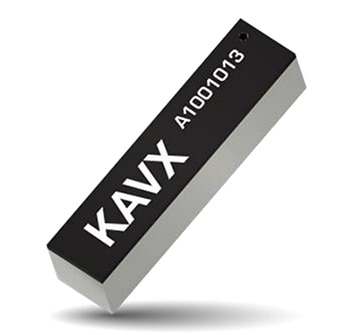 Figure 7: The A1001013 automotive-rated antenna is designed for use in Wi-Fi, Bluetooth, and Zigbee applications. (Image source: Kyocera AVX)
Figure 7: The A1001013 automotive-rated antenna is designed for use in Wi-Fi, Bluetooth, and Zigbee applications. (Image source: Kyocera AVX)
Conclusion
Increasingly, autonomous and connected vehicles are challenging designers to identify and select a large range of AEC-Q200-qualified passive components to ensure robust, reliable, and efficient operation. The process can be expedited by using a known reliable partner that can supply automotive-rated capacitors, circuit protection devices, connectors, RF and microwave passive components, and antennas.
Recommended Reading

Disclaimer: The opinions, beliefs, and viewpoints expressed by the various authors and/or forum participants on this website do not necessarily reflect the opinions, beliefs, and viewpoints of DigiKey or official policies of DigiKey.










